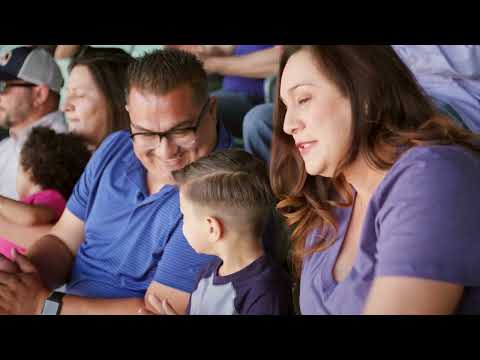What is normal for your baby’s language development? What should you look for at this age? Here are some considerations.

Talking, reading, and listening – these are all essential parts of your child's language development. As your baby grows in the first year of life, watch for these milestones:
Three to six months old:
Reacts to and moves eyes toward noises or sounds
Listens and responds when spoken to and to music
Begins to use consonant sounds in babbling (e.g. “da, da, da”)
Uses babbling to get attention and when played with
Makes different kinds of sounds to express feelings (happy or upset)
Notices toys that make sounds
Giggles and laughs
Seven to twelve months old:
Looks to where you point
Turns and looks in the direction of sounds
Responds to name
Understands words for common items and people (e.g., cup, truck, juice, and daddy) by turning to them or using them when named
Starts to respond to simple words and phrases, like “No,” “Come here,” and “Want more?”
Plays games with you, like peek-a-boo and pat-a-cake
Listens to songs and stories for a short time
Babbles long strings of sounds, like mimi upup babababa with different sounds and rhythms
Uses sounds and gestures to get and keep attention
Points to objects and shows them to others
Uses gestures like waving goodbye, reaching for “up,” and shaking his head no
Imitates different speech sounds.
Says 1 or 2 words, like hi, dog, dada, mama, or uh-oh (sounds may be unclear but intent is clear)
Participates in two-way communication
Follows some routine commands when paired with gestures and responds to simple directions (e.g. “Come here”)
Imitates sounds
Meaningfully uses “mama” or “dada”
If your baby is not demonstrating these milestones and/or you have concerns about your newborn’s development, contact your pediatrician.
QUICK TIP: Sometimes, your baby’s physical developments are easier to recognize than the ones occurring in her head. As your baby begins to roll over, sit up, and crawl, her ability to understand and speak is developing too. Watch as your baby starts to point at things he wants – that’s his way of communicating to you. Say what she is pointing to, describe it, or say what you think your baby is trying to say. Your baby will appreciate you putting the words in her mouth!






